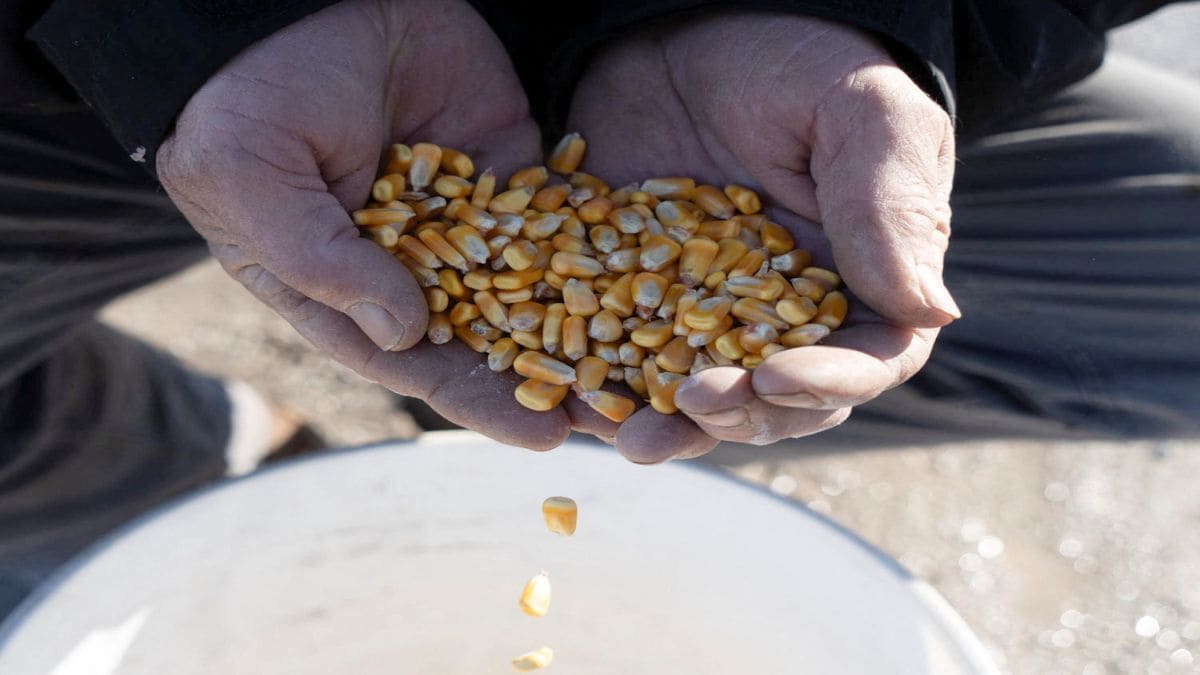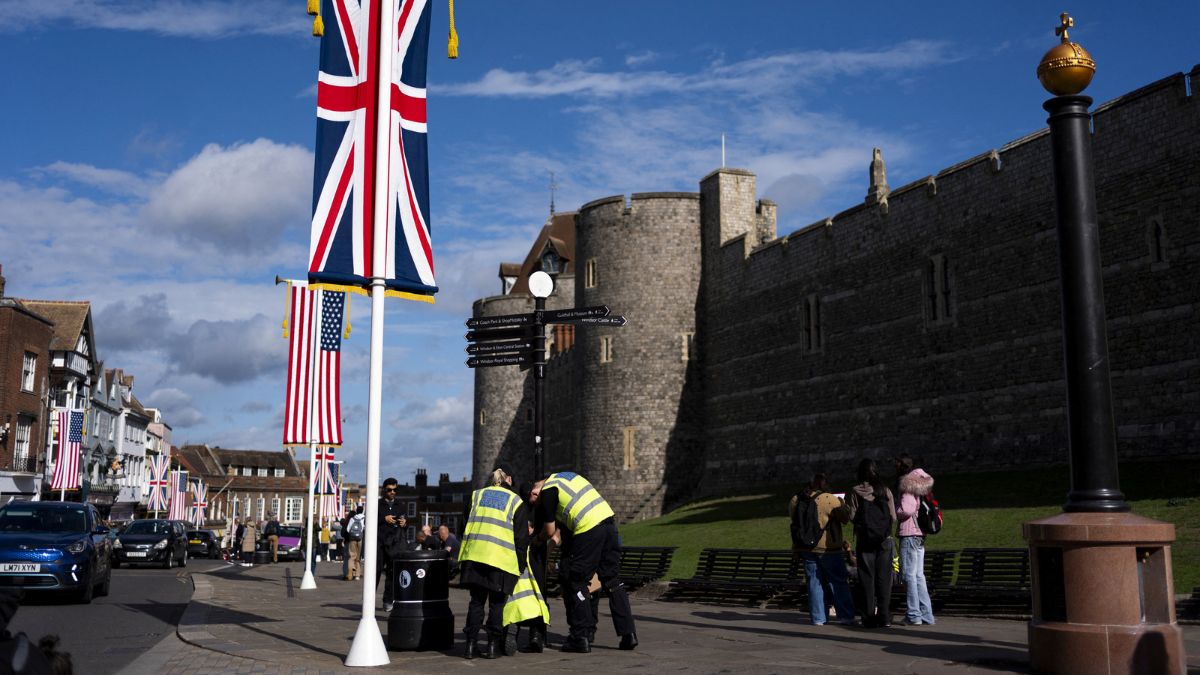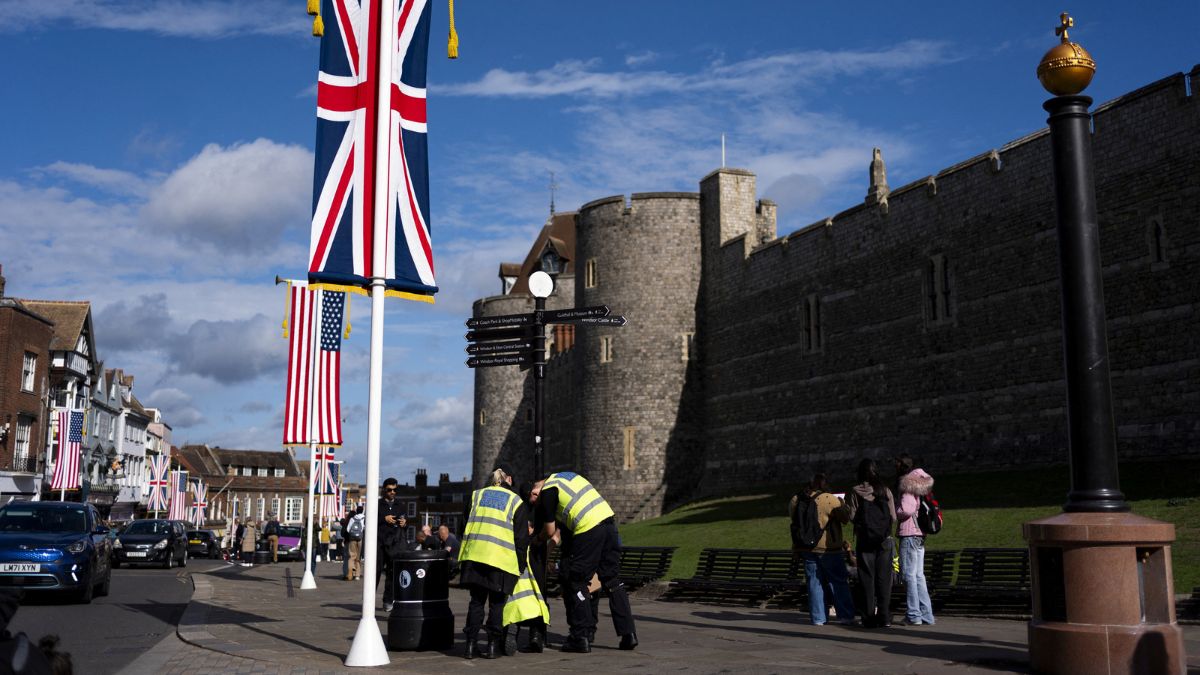The Indian Navy has a new anti-submarine craft. The ‘Androth’, an indigenously-built shallow water craft, was delivered to the Indian Navy on Saturday. It was constructed by Garden Reach Shipbuilders and Engineers (GRSE) in Kolkata.
The development comes at a time when India is taking steps to become self-reliant in the field of defence manufacturing. It also comes as China continues to make moves to expand its influence in the Indian Ocean Region.
But what do we know about the ‘Androth’? Why is it special?
Let’s take a closer look.
What we know about ‘Androth’
The ‘Androth’ is an anti-submarine warfare shallow water craft (ASW-SWC). The name comes from Androth Island in the Union Territory of Lakshadweep, which is also the largest in the archipelago. It is the second of eight ASW-SWCs built by Garden Reach Shipbuilders and Engineers (GRSE).
It was launched on 21 March 2023 at GRSE, Kolkata. The ship was launched on the Hooghly River at a ceremony presided over by Vice Admiral Dinesh K Tripathi. Former Indian cricketer Arun Lal was the guest of honour at the occasion. It was accepted by Rear Admiral Ravnish Seth.
The contract for the ships was signed between the Ministry of Defence and GRSE in April 2019. The ship, like all the others, is 77.6 metres long, has a displacement of 900 tonnes and a maximum speed of 25 knots.
It comes with an indigenous 30 mm Naval Surface Gun (NSG) also manufactured by GRSE. It is powered by a diesel engine–waterjet combination and equipped with state-of-the-art lightweight torpedoes and indigenous anti-submarine warfare rockets as well as advanced shallow water SONAR. It was built in accordance with the classification rules of the Indian Register of Shipping (IRS).
Why is it special?
The ship is built to be extremely nimble and manoeuvrable. The 'Androth' requires a draught of only 2.7 metres – thus allowing the ship to enter the coasts easily to hunt down sub-surface threats. It is the largest naval warship to be powered by the diesel engine–waterjet combination.
It can carry out full-scale sub-surface surveillance of coastal waters as well as search and attack operations. It can also conduct coordinated anti-submarine operations with aircraft. It has a combat management system on board. It can hold 57 personnel, including seven officers.
The ship has nearly 90 per cent indigenous content – thereby ensuring jobs for Indian workers and a boost to the country’s defence manufacturing industry. The first warship in this ASW-SWC class was delivered in May and was inducted into the Indian Navy in June.
The Indian Navy had ordered 16 ASW-SWCs from GRSE and Cochin Shipyard Ltd. These ships will increase the Indian Navy’s anti-submarine, coastal surveillance, mine-laying capabilities and Low Intensity Maritime Operations (LIMO).
The move reiterates India’s vow to safeguard its vast maritime territories in the face of China’s aggressive moves in the region. India, which is part of the Quad grouping alongside Australia, the United States and Japan, has vowed to fight for a ‘free and open’ Indo-Pacific.
“This milestone highlights GRSE’s consistent record of reliability, focus on indigenisation, and unwavering commitment to strengthening India’s maritime security. ASW-SWCs have nearly 88 per cent indigenous content, displaying GRSE’s commitment towards the Government of India’s Atmanirbharta and ‘Make in India’ vision,” an official said.
GRSE is currently building 13 more warships, including two P17A advanced stealth frigates, six ASW-SWCs, a Survey Vessel (Large) and four Next Generation Offshore Patrol Vessels. Apart from this, the shipyard is building 26 other vessels, nine of which are export platforms. GRSE is also expecting the conclusion of a prestigious contract to build five New Generation Corvettes in this financial year.
With inputs from agencies


)

)
)
)
)
)
)
)
)



